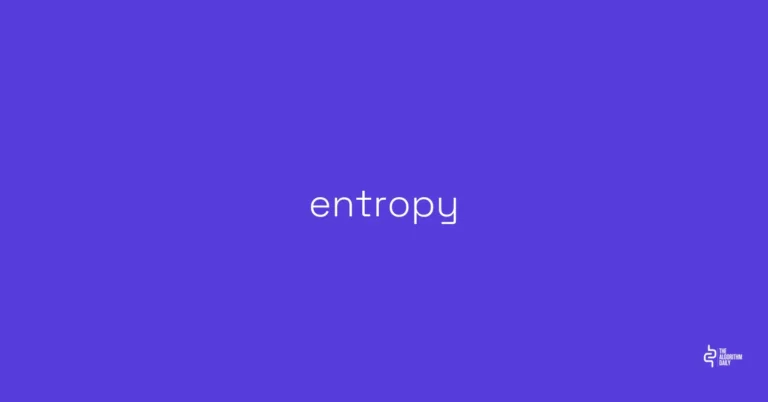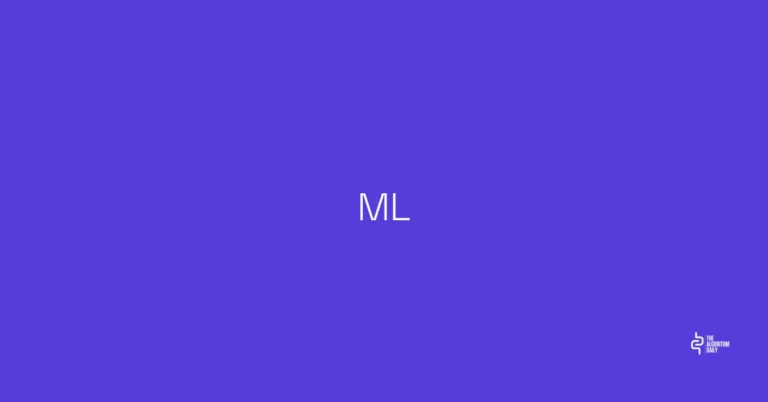entropy

Entropy measures uncertainty or randomness in a dataset, playing a key role in AI and machine learning for tasks like decision tree splitting and evaluating model predictions.
A concise and layman explanations of key AI terms

Entropy measures uncertainty or randomness in a dataset, playing a key role in AI and machine learning for tasks like decision tree splitting and evaluating model predictions.

ML stands for Machine Learning, a core area of AI where algorithms learn from data to recognize patterns, make predictions, and improve performance over time. Explore how ML works, its types, and key uses.